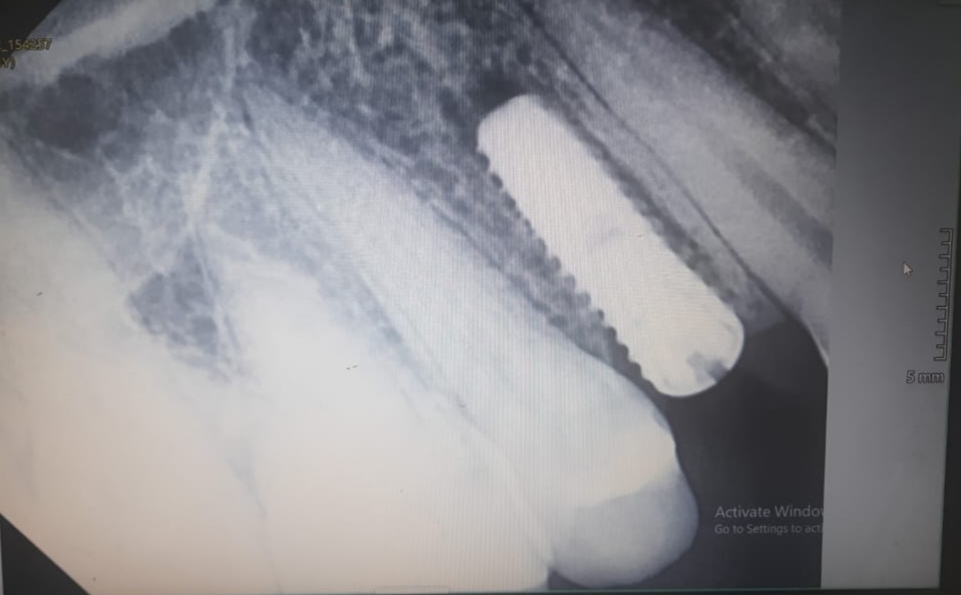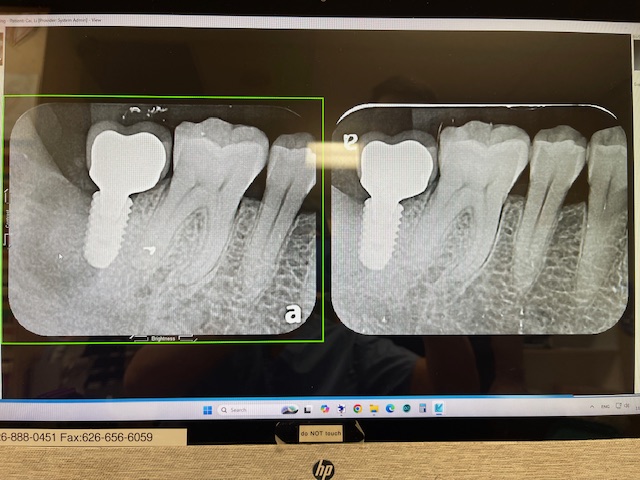Maxillary sinus lift surgical techniques: Hammerless intra-crestal approach
Oral implantology is an ever-evolving science seeking solutions to clinical challenges. A common challenge is treating an atrophic maxillary ridge with deficiency in vertical height. In 1974, Dr Hilt Tatum performed the first sinus lift in the world. His lateral window approach has proven to be effective technique, but is invasive in nature and requires great surgical experience. The pursuit of less invasive methods led to the introduction in 1994 to a new technique using a crestal approach by Summer where osteotomes were used to œpush the floor of the sinus. In the past 20 years many variations of Summer™s technique have proven to be effective in sinus elevation.
This is a clinical case presentation where we will explore the Hammerless intra-crestal approach.
Hammerless intra-crestal lifts are those performed through the alveolar crest in a vertical direction as opposed to lateral windows. The inclusion criteria for crestal lift are: sinuses free of infection process, minimum of 3.5mm residual alveolar bone height from alveolar crest to the floor of the sinus and minimum alveolar width of 7mm.
Clinical case: X-ray reveals pneumatized sinus with 3.7mm of residual bone, full mucoperiosteal flap shows adequate bone width greater than 7mm. The hammerless kit used consists of 3 safe sinus drills, stoppers ranging from 2mm to 12mm, bone condenser, bone carrier and sinus probe (Blue Sky Bio, USA), the technique is to take a digital periapical and measure the height of bone and drill 1mm short of the floor of the sinus floor using 50 RPM and drill stoppers. Increase the length by changing stoppers until the floor has been pushed.
There are 3 possible ways to verify that the floor has been pushed and that you are in contact with the sinus membrane:
1¦Patient will feel slight pain at the moment the floor is broken because innervations to the maxillary antrum comes from V1 (ophthalmic branch of the trigeminal)
2¦Doctor will feel a œdrop when the floor is pushed
3¦Using a round sinus probe the clinician will feel œsoft-squishy material and not hard bone.
Once it is confirmed that the floor is pushed or broken, start adding bone with an amalgam carrier until the site is filled. Condense this bone with light apical pressure and repeat this procedure 3-5 times until you are able to observe a well-defined œbone dome. Select an implant that is self-treating, 1mm wider than your final drill to compress the walls and double the length of the stopper that broke the floor. In this case the last stopper was at 5mm so we selected a 4.5 * 10mm fixture.
Following these steps the hammerless intra-crestal lift becomes a safe and predictable surgical procedure that your patients will benefit from and that general dentists can master in short amount of time.
Thank you for reading this case and feel free to post any comments an questions. Thanks.
Virgil Mongalo D.M.D.
![]11-mongalo](https://osseonews.nyc3.cdn.digitaloceanspaces.com/wp-content/uploads/2015/03/11-mongalo-e1427397173364.jpg)
![]3](https://osseonews.nyc3.cdn.digitaloceanspaces.com/wp-content/uploads/2015/03/3-e1427396524557.jpg)
![]4](https://osseonews.nyc3.cdn.digitaloceanspaces.com/wp-content/uploads/2015/03/4-mongalo-e1427397188336.jpg)
![]7](https://osseonews.nyc3.cdn.digitaloceanspaces.com/wp-content/uploads/2015/03/7-e1427396543316.jpg)
![]10](https://osseonews.nyc3.cdn.digitaloceanspaces.com/wp-content/uploads/2015/03/10-e1427396555686.jpg)


















